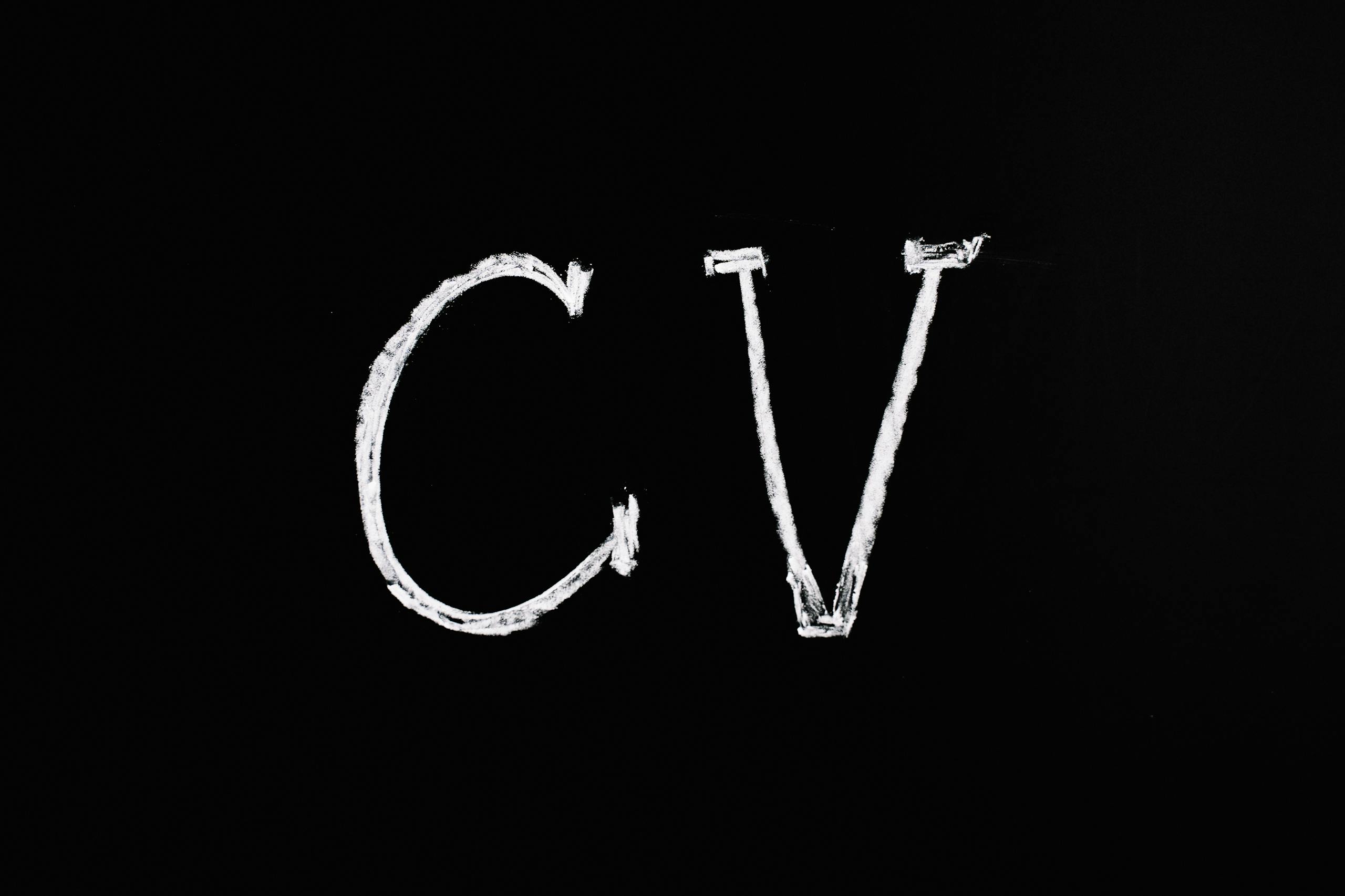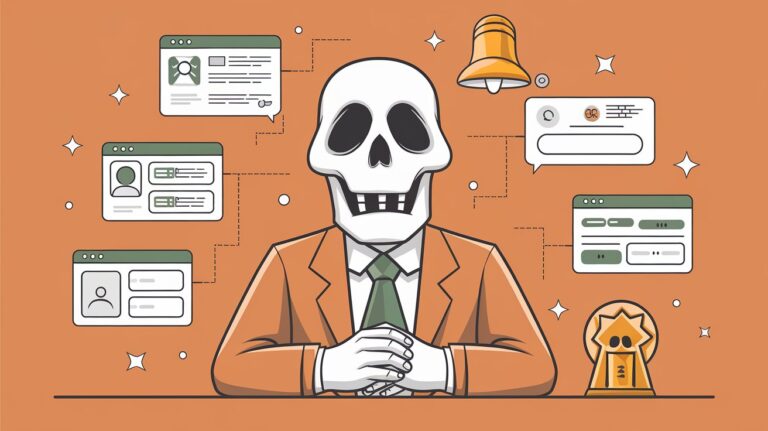CV vs. Resume: Which One Gets You Hired Faster?
Discover the key differences between a CV and a resume, when to use each, and how to craft standout versions tailored to your dream job.
Let’s cut to the chase: a CV and a resume aren’t the same thing. They serve different purposes, cater to different industries, and follow different rules. If you’re sending the wrong one to potential employers, you’re sabotaging your chances. Think of it this way: a CV is your career encyclopedia, while a resume is the highlight reel.
Here’s everything you need to know to dominate your job application game.
Key Differences Between a CV and a Resume
| Feature | CV | Resume |
|---|---|---|
| Purpose | Academic, research, medical, or scientific positions. | Business, marketing, engineering, or general industries. |
| Length | No page limit—several pages long. | 1–2 pages, max. |
| Content | Comprehensive career history (education, research, publications, awards). | Tailored summary of relevant work experience, skills, and education. |
| Customization | Static, updated with new accomplishments over time. | Highly tailored for each job application. |
| Geographical Use | Used in academia globally and often in Europe for all job types. | Dominant in North America for private-sector applications. |
1. What Is a CV?
A Curriculum Vitae (CV) is Latin for “course of life.” It’s not just a document—it’s your professional biography. It covers everything you’ve done academically and professionally.
Key Features of a CV:
- Length: Often 3–10 pages. The more experience you have, the longer it gets.
- Content: Education, teaching, research, publications, awards, presentations, and certifications.
- Purpose: Used for academic, research, and medical roles where detailed documentation is essential.
Example: CV for a Researcher
Meet Dr. Olivia Wright. She’s applying for a postdoctoral fellowship. Here’s a glimpse of her CV:
- Education: Ph.D. in Biochemistry (University of Oxford).
- Research Projects: “Developing Drug Resistance Solutions in Oncology.”
- Publications: Published in Nature and The Lancet.
- Presentations: Presented at over 15 international conferences.
2. What Is a Resume?
A resume is all about brevity and precision. It’s your job to convince the hiring manager you’re the perfect candidate—in 6 seconds or less.
Key Features of a Resume:
- Length: Just 1–2 pages.
- Content: Highlights of your skills, work experience, and education. Laser-focused on what’s relevant.
- Purpose: Best for private-sector jobs, especially in industries like tech, business, and marketing.
Example: Resume for a Software Engineer
Here’s how Alex, a software developer, landed a role at a fintech company:
- Professional Summary: “Full-stack developer with 5+ years of experience in Python and AWS.”
- Work Experience: “Built a cloud-based payment system that processed $10M+ monthly transactions.”
- Skills: Python, React, cloud computing, Agile methodologies.
When to Use a CV
You need a CV when you’re applying for:
- Academic Positions: Universities expect to see a full list of your research and teaching history.
- Research Roles: Institutions care about your publications, grants, and research scope.
- Medical Fields: Residencies and fellowships require CVs with certifications and clinical rotations.
- International Jobs: Many countries outside North America use CVs instead of resumes.
- Graduate School Applications: Committees evaluate your academic potential through your CV.
Case Study: Medical CV for Residency
Jane, a medical school graduate, submitted a CV that secured her a residency in internal medicine. Here’s what stood out:
- Certifications: ACLS, BLS, and advanced trauma life support.
- Clinical Experience: Over 500 hours in ER rotations and 200 hours in pediatrics.
- Awards: Dean’s Scholarship for Academic Excellence.
When to Use a Resume
A resume is your go-to for:
- Private Sector Jobs: Hiring managers in business and tech want concise information.
- Entry-Level Roles: Students and fresh grads use resumes to highlight internships and coursework.
- Career Transitions: Show off transferable skills when switching industries.
Example: Career Transition Resume
John, a high school teacher, transitioned into corporate training. His resume highlighted:
- Work Experience: “Designed and delivered training for teams of 30+, improving productivity by 25%.”
- Transferable Skills: Public speaking, curriculum design, and coaching.
- Professional Summary: “Educator turned corporate trainer with a passion for employee development.”
How to Write a Killer CV
Key Sections for a CV
- Contact Information: Full name, phone, email, and LinkedIn.
- Education: Degrees, institutions, and honors.
- Research Experience: Focus on methodologies and outcomes.
- Publications: Peer-reviewed articles, books, or conference papers.
- Awards: Grants, scholarships, and fellowships.
Pro Tip: Structure Matters
Use clear headings like Education and Publications to make your CV easy to navigate. For example: Publications:
- Smith, J., & Wright, O. (2021). “Cancer Immunotherapy Breakthroughs.” Nature.
How to Write a Winning Resume
Key Sections for a Resume
- Professional Summary: A quick snapshot of your skills and achievements.
- Work Experience: Use bullet points with action verbs like “led,” “developed,” and “achieved.”
- Skills: Highlight what’s relevant—tech, leadership, or problem-solving.
- Education: Include only your most recent degree unless earlier ones are critical.
Example: Resume Bullet Points
Bad: “Managed projects.” Good: “Led a team of 5 to develop a $1M app, completing the project 3 weeks ahead of schedule.”
Common Mistakes to Avoid
For CVs:
- Including irrelevant hobbies like “birdwatching.”
- Using inconsistent formatting.
For Resumes:
- Cramming too much information into two pages.
- Sending the same resume for every job without tailoring it.
FAQs
1. How often should I update my CV or resume?
- CV: Add new achievements immediately.
- Resume: Tailor it for every job application.
2. Can I use a CV for corporate jobs?
No. Most corporate jobs require a concise resume.
Final Thought
A CV or resume isn’t just a document—it’s your ticket to opportunity. Tailor your approach based on the job, the region, and the industry. Nail this, and you’ll go from applicant to hired.
Ready to dominate your next application? Build your next job winning application using the Impact-First Resume Kit. Let’s go!
Talk Resumes with Wealth Waggle
Perfect your resume with AI-assisted feedback and tips (using the latest recruiting intelligence).









